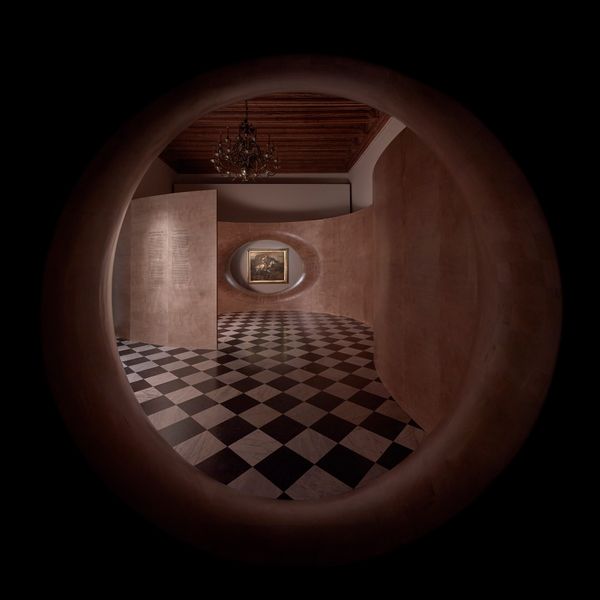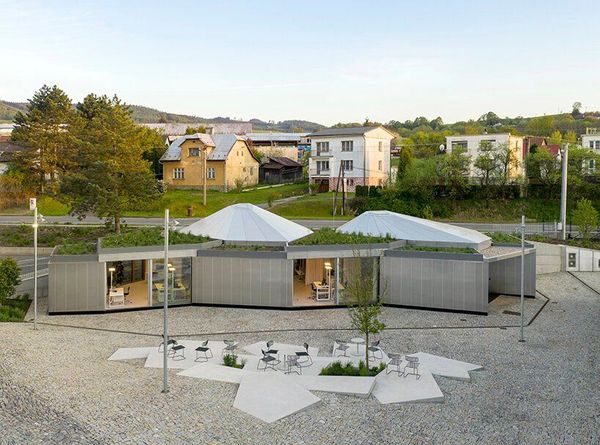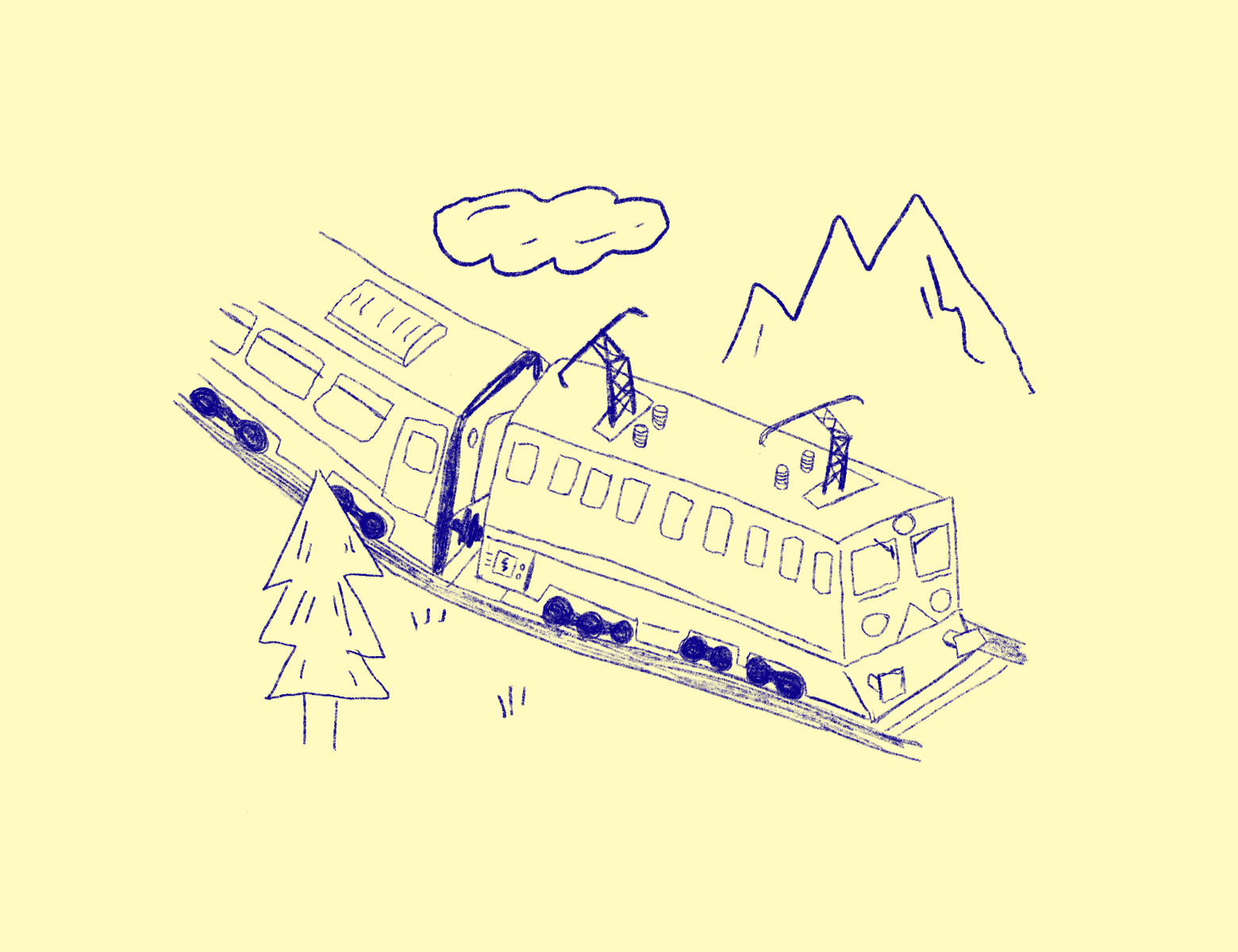Everything indicates that the development of the railway network is the shared interest of everyone in Europe. Our continent already has an advanced rail transport system, but recent trends call for an even more complex network.
As big cities started to push out cars for a more people-centered urban environment, the role of public transport is growing, especially for commuters. The importance of P+R parking and suburban and commuter rail systems is growing. Another very strong argument in favor of trains is the fight against pollution: trains have lower emissions than almost any other means of transport. Railways’ role in cross-border travel is growing as air transport is increasingly criticized.
The European Union also encourages citizens to travel by train and plans to double the funding for high-speed trains by 2030. Traveling by train is actually more comfortable than flying. There are no lengthy security checks, and we do not have to go to the outskirts as most railway stations are in the city center. Moreover, we cannot see a lot from a country by flying several kilometers above it, while from the train we can get a unique insight into the locals’ life and admire the countryside and the natural attractions. Rail transport accounts for only 0.4 percent of the EU’s greenhouse gas emissions yearly, while air transport accounts for 13 percent, which is almost thirty-three times higher.

Many public figures have been recently criticized for the excessive use of flights, such as the French football team Paris Saint-Germain for flying to Nantes, a city 380 kilometers from Paris, instead of traveling by train. Many railway companies have realized that they must create conditions similar to air travel to attract passengers by changing the old interior spaces, which resemble long-distance buses.
But for the same comfort as what airlines provide, the process of buying tickets cannot be complicated. Although third-party websites and applications integrate the timetables of different countries’ railway companies, an official, central platform as a result of the companies’ cooperation is still missing. The nudging of Europeans is hindered if, for a cross-border trail journey with stops, they have to consult two, three, or even four railway companies’ websites for schedules and booking.

Frans Timmermans, Vice-President of the European Commission, aims to address this issue. „I am sick of it. People want to travel by train, but you are making it difficult,” – he addressed the management of European train companies. Timmermans sees the future in a merged ticketing system. „My goal is to ensure you can order a ticket much easier via your cell phone. Once we make that easy, at least within a 600 to 800 kilometer radius, people will prefer to go by train rather than by plane,” – Timmermans said. He gave an ultimatum for the companies to act until the end of 2022. The European Commission will force a booking platform upon them if they fail.
The energy crisis caused by the Russo-Ukrainian war is another reason behind this step besides environmental protection. Germany’s €9 nationwide train pass was introduced partly to induce car users to the rails as it would free up cities and motorways. Timmermans said the cheap pass was not a one-off experiment, and they will reintroduce it in the future.

The rise of cross-border train transport requires comfortable solutions for passengers traveling at night. Although sleeping cars are as old as trains, they often cannot compete with flights in terms of convenience. One-person sleeper cabins have been recently introduced in Austria, where we can also charge our electronic devices wirelessly on the trains.
Timmermans’ suggestion is a positive step, but a centralized platform for booking tickets would not solve all the problems. Companies also need to handle the increased number of passengers to attract more people to the railways. So, it is far from certain that tourists in the future will mostly travel across Europe by train.
Graphics by Roland Molnár

Unity in Diversity—Latin America with a touch of Hungary, Part II

Rembrandt’s art comes to life in Krakow—an exceptional installation by NARchitekTURA










